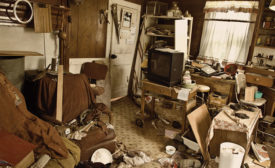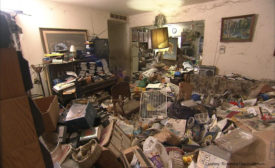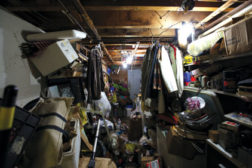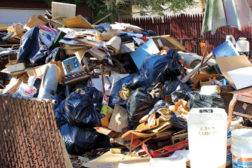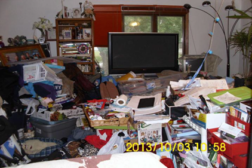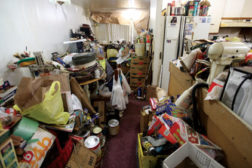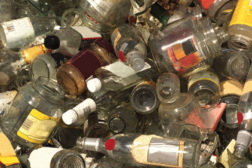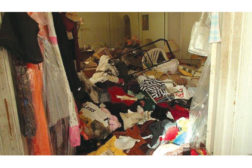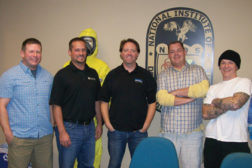Home » hoarding cleanup
Articles Tagged with ''hoarding cleanup''
Matt Paxton: An “Informed Trash Man”
Star of Lifetime's “Hoarders: Family Secrets” talks compassion, cleanup and safety
Read More
Hoarding: Perception Doesn’t Equal “Reality”
While reality TV shows have raised awareness about hoarding, they often send a poor message about other aspects of the work – like safety.
Read More
Hoarding Considerations and Precautions
The most common hoard items include books, pictures, clothes, mail, recipes, souvenirs and magazines
June 16, 2014
“One of the Most Severe We Have Encountered” - A Hoarding Case Study
The crew started the cleanout at 7 a.m. and ended at about 5:30 p.m. Upon completion, areas of the home were seeing daylight for the first time in a decade.
June 6, 2014
Talking Hoarding: The R&R Q&A
We talk hoarding with ServiceMaster Restore president Tom Coba and “Hoarders” TV personality/author/cleaner Matt Paxton
Read More
Stay ahead of the curve with our eNewsletters.
Get the latest industry updates tailored your way.
JOIN TODAY!Copyright ©2025. All Rights Reserved BNP Media.
Design, CMS, Hosting & Web Development :: ePublishing
